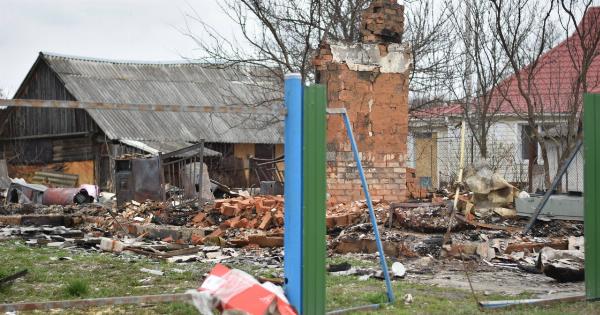Sadness is a common human emotion that occurs in response to an event or situation. It’s normal for anyone to experience sadness, but how we deal with it can affect our emotional well-being.
To understand and cope with sadness effectively, it’s essential to know more about its five stages.
Stage 1: Denial
When something adverse happens, people may initially deny that it occurred. It’s a defensive mechanism that helps individuals to avoid facing the unpleasantness of the situation.
For instance, a person may not believe that a loved one has passed away and instead may think they’re just away for a while. This can cause an individual to feel numb and disengaged from the world around them.
Stage 2: Anger
Once an individual passes through the denial stage, their emotions begin to emerge. People typically experience anger when dealing with the sadness. They may feel upset, frustrated, or resentful, depending upon the situation.
For example, a person may get angry with themselves for being unable to stop the adverse scenario or lash out at others, like healthcare providers, family, or friends.
Stage 3: Bargaining
When sadness doesn’t go away, people may try to negotiate their way out of it by making deals with themselves or higher power. They may feel a need to do something to counteract the event, attempt to rectify the damage, or seek to make amends.
For instance, they may pray for help or promise to do something in exchange for relieving their suffering.
Stage 4: Depression
After bargaining without success, people may start to feel a great sense of sadness and begin to withdraw from the world around them. They may feel they won’t ever feel happy again, even if they know this is not the case.
Typically, individuals feel this way during the initial days following the event, but it can last longer for some people.
Stage 5: Acceptance
In this stage, individuals move past the sadness and experience a renewed sense of life. They recognize that the event has happened, but they no longer feel anger or sadness about it.
They can move on without forgetting what happened but without succumbing to the event’s power. Emotionally, they’re in a better state and can usually start to enjoy life again.
Summary
Sadness is a natural human emotion that everyone will experience throughout their life with varying intensity. Understanding the five stages of sadness helps provide insight into why we feel the way we do.
It’s essential to understand that grief and sadness are adaptive responses that enable us to process what happened and prepare us for the future.
Image credit: Unsplash.






























